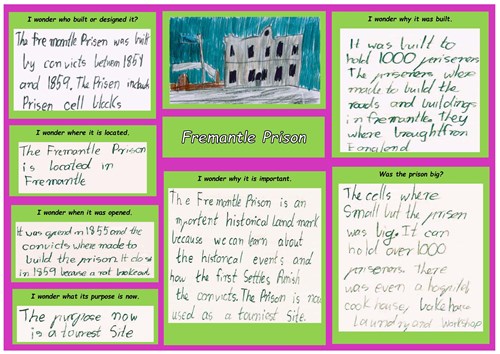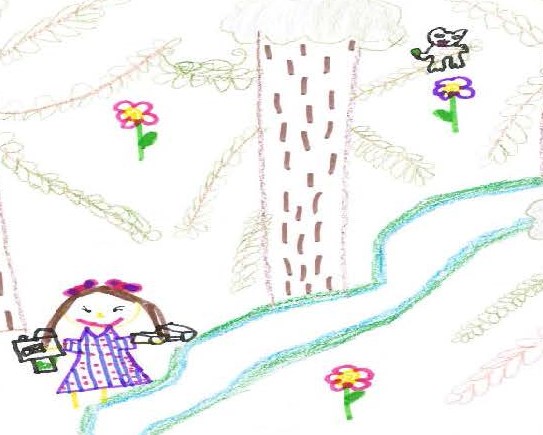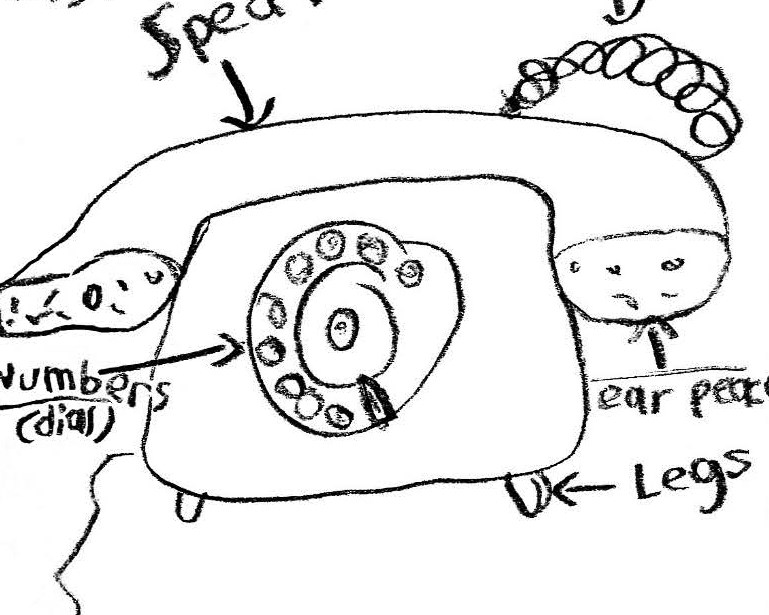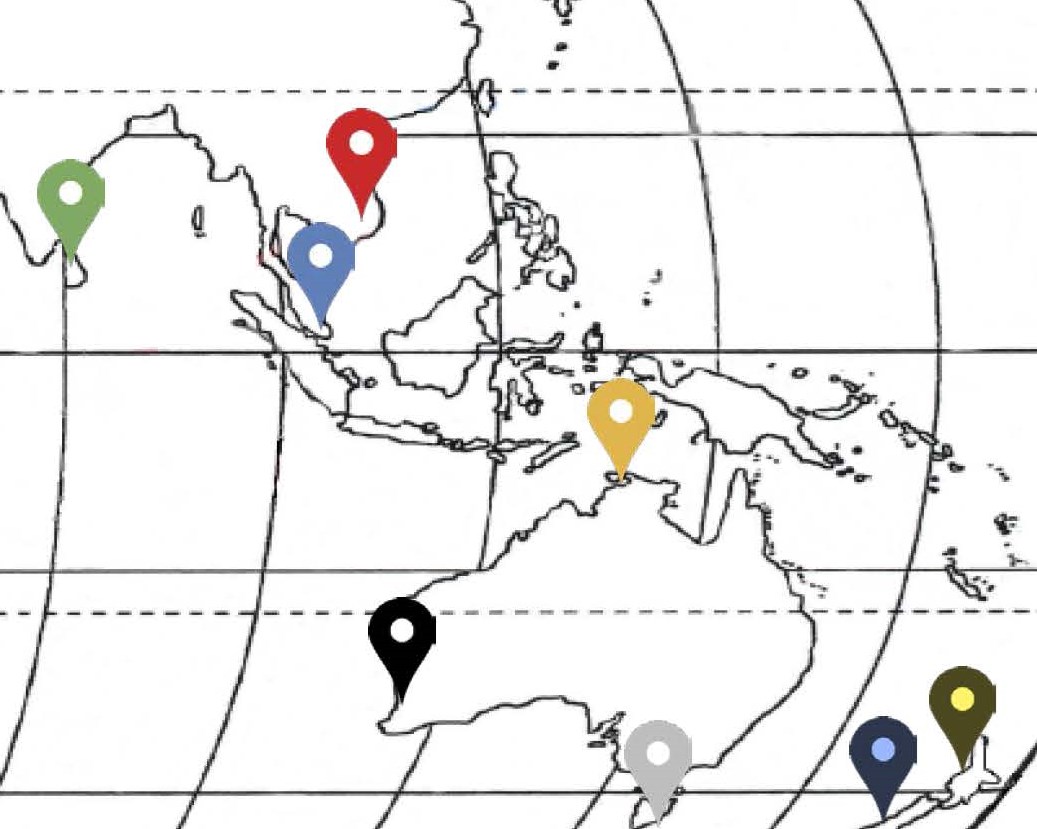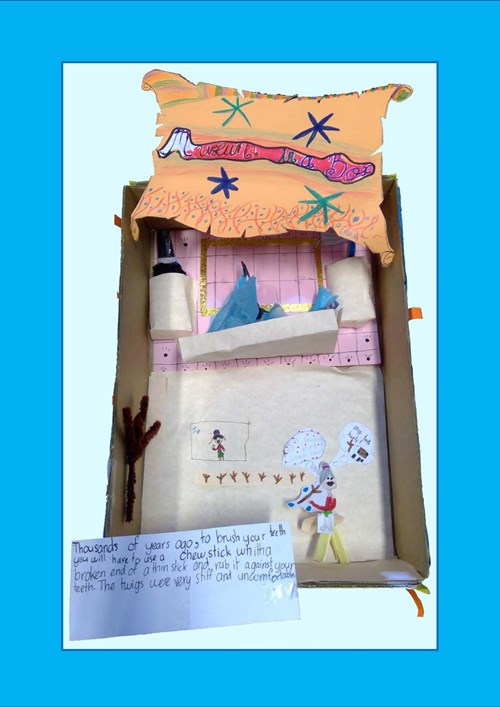A significant place
Summary of task
Students selected a significant site in their local area from a list provided by the teacher. Working with the teacher, and supported by the teacher-librarian, students posed a series of questions about the building or place and researched answers to their questions from sources provided by the school library. Students organised and presented their answers on display posters. The task was completed during allocated class time over a period of three weeks.
Achievement standard
By the end of Year 2, students describe a person, site and/or event of significance in the local community. They identify how and why the lives of people have changed over time while others have remained the same.
Students sequence events in order, using a range of terms related to time. They pose questions about the past and use sources provided to answer these questions and to identify a point of view. They compare objects from the past and present. Students develop a narrative about the past using a range of texts.
By the end of Year 2, students identify the features that define places and recognise that places can be described at different scales. Students recognise that the world can be divided into major geographical divisions. They describe how people in different places are connected to each other and identify factors that influence these connections. They explain why places are important to people, recognising that places have meaning.
Students pose questions about familiar and unfamiliar places and answer them by locating information from observations and from sources provided. They represent data and the location of places and their features in tables, plans and on labelled maps. They interpret geographical information to draw conclusions. Students present findings in a range of texts and use simple geographical terms to describe the direction and location of places. They suggest action in response to the findings of their inquiry.

